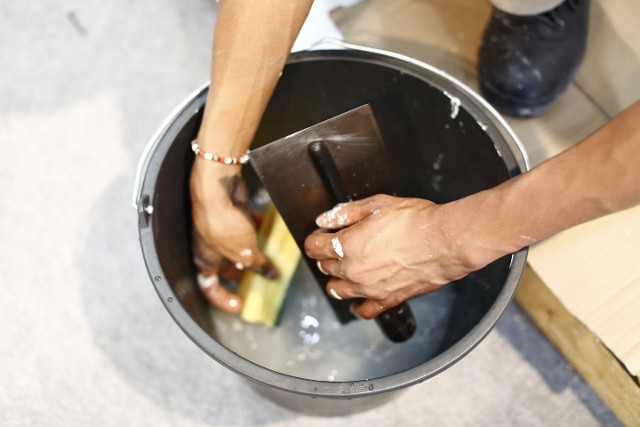The skilled plasterer may work on both internal and external plastering and rendering work. Much modern internal work is completed using drywall systems which involve the plasterer creating metal frames and installing plasterboard before the application on the final surface. These constructions can be complex and include curves and openings for doors and windows.
Traditional plastering involves the preparation of the background prior to application of the plaster surface. The plasterer will prepare materials for use and be fully aware of legislation and official guidance relating to the preparation and use of materials. In addition to plastering flat surfaces, the skilled plasterer will create and install decorative mouldings. Plasterers will also be required to make repairs.
The plasterer may work on large construction sites for domestic, commercial or industrial use, in single domestic and commercial premises or on historic buildings and heritage sites. Much plastering work on larger sites is sub-contracted and as such many skilled plasterers will be self-employed, meaning that they have to take responsibility for tax and other earnings related regulation.
A high degree of accuracy, care and skill is required. Preparation for plastering work will include complex mathematical calculations. The practitioner needs to be able to read, interpret and analyse complex specifications describing the work required and be able to convert these plans into reality.
A range of materials can be used depending on the site and the planned use of the finished building. Some materials can be harmful, so care must always be taken by the plasterer to prevent injury or damage in use or disposal of waste. Plasterers often form part of a team, working efficiently and effectively with other skilled craftsmen in a logical and well planned manner.
